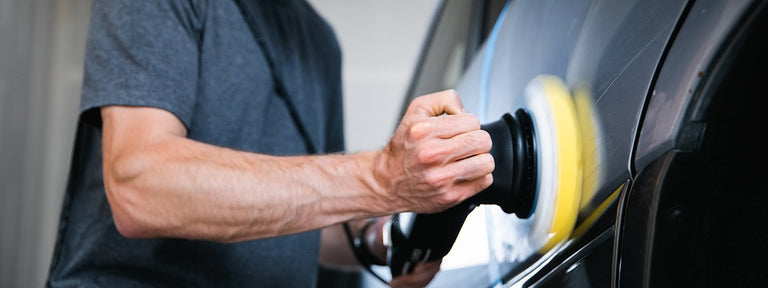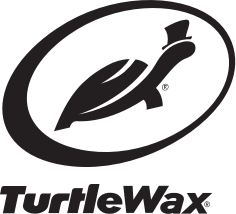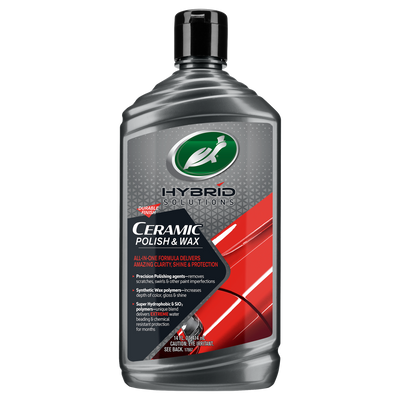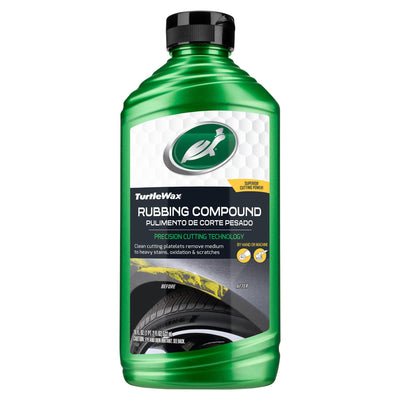

BUFFER VS HAND POLISH: WHAT'S BETTER FOR CAR POLISHING?
In this article, you will learn:
- The advantages and disadvantages of polishing by hand and by machine
- Which method is more capable of delivering the better results
- Which method is right for you
When it comes to detailing cars, few questions have one simple answer. Likewise, when choosing between if you want to hand polish car areas versus machine polishing, the answer is “It depends.” Mostly, it depends on the amount of experience you have with polishing cars, but a few other variables also come into play, such as the softness and thickness of your clear coat, how much time you want to spend working on your car, whether certain areas on your car allow you to fit a machine polisher and the real curveball, personal preference.
Let’s break it down and look at the pros and cons of each polishing method. In the next few minutes, you’ll figure out which is right for you.
Man vs. machine
If you remove people from the equation, the answer to this question is very straightforward. Machine polishers such as rotary, orbital and dual-action polishers, are the clear winners at removing water spots, scratches and swirls. They are all capable of providing faster, more consistent results than when you hand polish cars. Having said that, these hypothetical results assume the user is an expert who is completely familiar with the polisher he or she is using and the paint finish he or she is correcting.
In practical application, DIY detailers with a small amount of experience may find they get better results from polishing by hand, at least until they grow more familiar with polishing compounds, applicator pads and the clear coat they’re working on. Hand application is far more forgiving than polishing with a machine, so you’ll be less likely to wear the clear coat thin on the curves and corners of your car. Before investing in a machine, you’ll likely benefit from learning to polish by hand. During the first couple of sessions, you’ll have the ability to study the effects of your polishing and how compounds of various cutting strengths work on your clear coat.
Once you’re ready to move onto a machine, we recommend an entry-level dual action polisher. Their combined rotary-and-orbital motion will help you keep the polishing pad moving, so you don’t spend too much time on one specific area, which can potentially burn the clear coat. Entry-level machines are also great for beginners because the pads will stop spinning if you apply too much pressure. This can help you avoid damaging your clear coat. Pro-level, high-end polishers are gear-driven and will continue to cut into the clear coat, no matter how hard you press. Once you get better and more comfortable using a machine, then you can upgrade to one of the pro-style, gear-driven models.

Consider your car
When polishing your car, two factors about the finish can play a role in how you choose to proceed.
First, you should understand the hardness of your clear coat. This is something you can learn over time as you polish with various levels of cutting pads and compounds, but you’ll give yourself a leg up by first contacting your car’s manufacturer and inquiring about the clear coat on your particular model. Harder clear coats take longer to polish, so a machine can really come in handy. Softer clear coats are easier to hand-polish and less forgiving if you misuse a machine.
Second, you may need to account for the thickness of your finish. Before polishing, professional detailers use a paint thickness gauge to determine how much clear coat is left on a car. If you have a new or newer car, this should not be an issue for you; however, if you have an older, well-loved and well-driven car with original, factory paint, and you don’t own a paint thickness gauge, you may want to err on the safe side and assume the clear coat is thin. In that case, you may choose to stick with hand polishing because you’ll remove less clear coat than you would by using a machine.

Some jobs call for a hand
Even if you choose to polish by machine, keep in mind you’ll need to do some hand polishing on areas that are too small or too tight to fit a machine with a cutting pad. In particular, the painted areas around the grill, headlights and taillights and curved surfaces where the pad can’t bend around contours almost always require polishing by hand, using a flexible foam applicator or even a microfiber towel. Simply work a bit of polishing compound across these surfaces in circular motions and wipe clean.

The labor of love
For some people, even hardcore car enthusiasts with years of detailing experience, the convenience and consistency of a machine polisher is no match for polishing by hand. For them, detailing is about the journey more than the destination. They’re in it for the experience of providing tender, loving care to their cars, so a machine just isn’t right for them. That’s everybody’s call to make! And it’s your call to make if you want to! It’s your car, after all.

The right products, no matter what
The good news is you can find polishing products that are well-suited for however you choose to do the job. From our line-up, we recommend hand-polishing with Premium Rubbing Compound, Premium Polishing Compound or, for incredible all-in-one results, Hybrid Solutions Ceramic Polish & Wax. For machine polishing, the results of our new 1 & Done Polishing Compound will bowl you over.
No matter which method you choose, hand or machine, when you polish with the right tools and compounds, your car is going to look great. When you finish polishing, just be sure lay down a protective wax coating or use a paint sealant. After all, you worked hard on your car, and you want to keep it looking great, so don’t forget this last, quick step!

WANT MORE TURTLE WAX?
Subscribe for your newsletter and the rewards will be in your inbox before you even get there
Latest
News, events and insights from Turtle Wax® worldwide
Offers
Exclusive offers and discounts on Turtle Wax® products
Rewards
Regular treats and surprises for all subscribers



